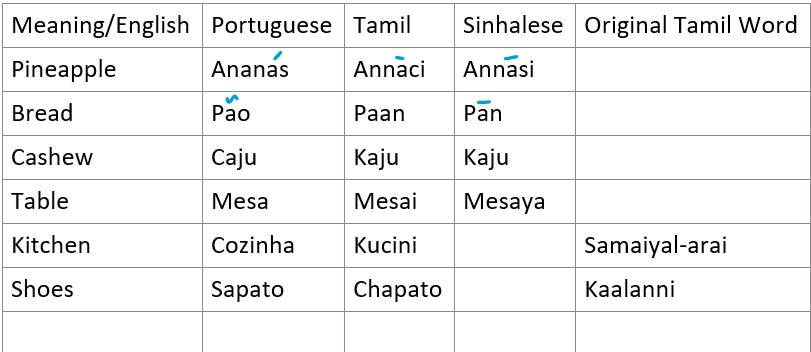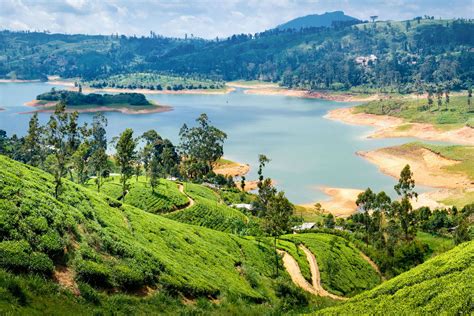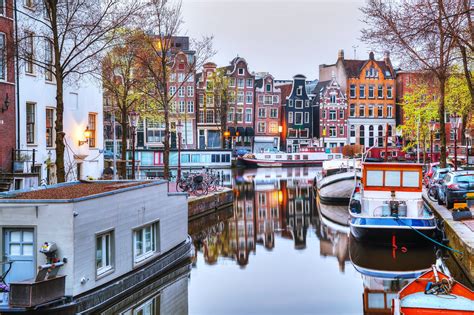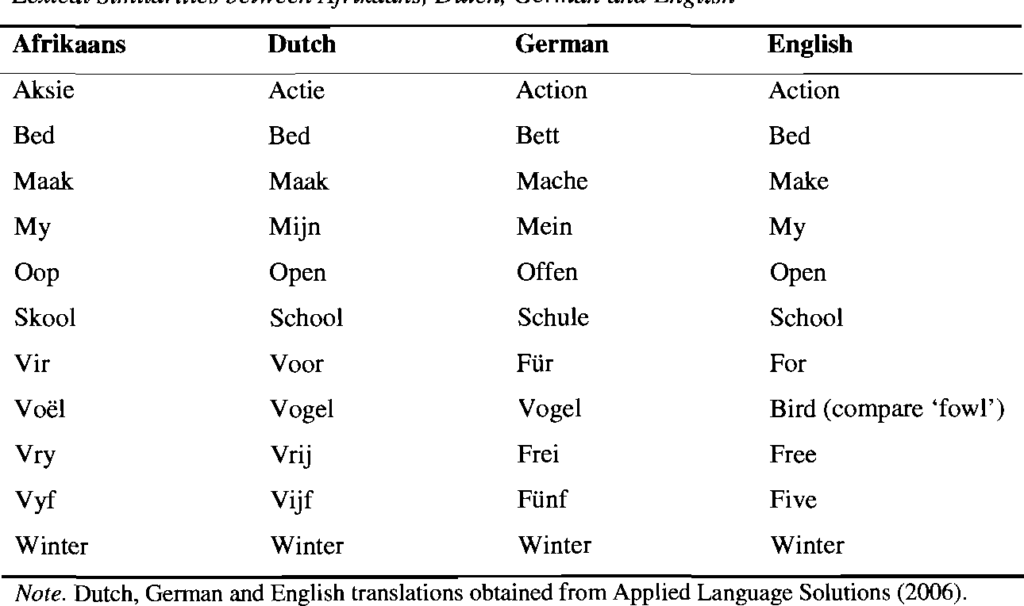The Impact of Colonisation on Languages
In this article, Archana (Yr10) examines the ways in which empire has had an effect on a country’s languages.
Colonisation is often described as a conquest of land, yet it is rarely acknowledged as a conquest of language. Beginning in the late 14th and early 15th centuries, European powers expanded their empires and carried their languages into different regions across the globe. The widespread influence of languages such as French, English, Spanish, and Portuguese has left long linguistic legacies in former colonies, which are still evident today. In some instances, entirely new languages emerged, such as Haitian Creole and Afrikaans, while in others, vocabulary and grammar were integrated into existing languages. For example, Portuguese has significantly influenced both Sinhalese and Tamil.
Portuguese Influence on Sinhalese and Tamil
The Portuguese first arrived in Sri Lanka in 1505, unintentionally, when a storm drove Commander Lourenço de Almeida and his fleet to Colombo. They formally took control of the island in 1597 and annexed additional kingdoms throughout their reign. This period also saw significant activity from Roman Catholic missionaries, leading to the establishment of Catholic churches and schools, particularly in coastal regions. As a result, a substantial portion of the population underwent conversion, and Roman Catholicism now accounts for approximately 6.1% of the nation’s demographic. Religion played a huge role, in integration between the indigenous Sri Lankan’s and the Portuguese.

The influence of Portuguese colonisation is evident even in Sri Lanka’s former name, “Ceylon.” Originally called Sinhala, the Portuguese renamed it Ceilão to align with their language. This name was kept under Dutch rule and was later anglicised to Ceylon by the British in 1796. The linguistic impact of Portuguese can also be seen in Tamil vocabulary; for instance, words such as mesai (table) and puthagam (book) are derived from the Portuguese mesa and postega, respectively. Phonetic changes also occurred; the Portuguese word chave (key) evolved into chavi, softening the “v” sound, while pão (bread) lost its accent, eventually becoming paan.
Portuguese influence extended beyond vocabulary and into surnames, many of which remain common in Sri Lanka today. Examples include Perera (from Pereira), Almeda (Almeida), Aponso (Afonso), De Mel (De Melo), and Ruberu (Ribeiro), which were all adapted to fit Sinhalese phonetics. #


Additionally, Portuguese colonisation led to the development of Sri Lankan Portuguese Creole (SLPC), a language formed through marriages between Portuguese settlers and indigenous Sri Lankans during the colonial period. While it is now spoken by only a small community in towns like Batticaloa and Trincomalee, it remains as a reminder of Colonial Rule. Unfortunately, the language is facing extinction as fewer people speak it, opting instead to learn Sinhalese, Tamil, or English. SLPC shares many phonetic similarities with Standard Portuguese, including five nasal vowels and five non-nasal vowels.
Birth of Afrikaans
Linguistically, Afrikaans can be classified as stemming from a West Germanic language, but its history and use spreads it across the globe. Today, it is spoken by approximately 13% of South Africa’s population as a first language and serves as a lasting testament to Dutch colonial rule. Afrikaans emerged after Dutch settlers and traders established the Dutch East India Company in Cape Town in 1652. Throughout the next century, the Dutch-speaking population in South Africa grew, and their language gradually split from European Dutch due to geographical isolation and influences from indigenous Khoisan languages, as well as Malay, Portuguese Creole, and other languages present.

By the late 19th century, the language, often referred to as “Cape Dutch,” had developed distinctive characteristics that many felt deserved its own recognition as a language separate from Dutch. However, when the Union of South Africa was established in 1909, only English and Dutch were granted official status. While Dutch was used in administration and law, Afrikaans remained the everyday spoken language for much of the population. In 1925, the Official Languages of the Union Act redefined Dutch to include Afrikaans, reflecting the growing importance of this language.
Historical Context


Afrikaans cannot be separated from its historical context, particularly regarding the legacy of colonialism and apartheid. During apartheid, Afrikaans was used as a tool of systemic oppression, it was enforced as the language of education and administration for non-white South Africans, which led to widespread resistance across the nation, such as the Soweto Uprising in 1976. For many, Afrikaans became a symbol of racial inequality and injustice. Today Afrikaans is still regarded as an official language of South Africa, but it is joined by 10 other languages, reflecting the diverse history of the nation. The languages are English, Xhosa, Zulu, Venda, Tsonga, Northern Soho (Sepedi), Tswana, Sotho, Swati and Ndebele. Yet, in education systems whilst students can choose to learn their mother tongue until grade 4, they must then pick one of Afrikaans or English, which are both languages that carry memories of former colonisers.
Linguistics of Afrikaans

The Language has no grammatical genders for nouns, but nouns can be marked by number. The normal word order is Subject-Verb-Object, it also shares a vowel system very similar to Dutch. It is written in the standard Latin Alphabet with 26 letters. The Vocabulary of the language takes a lot from Dutch but has also been influenced by English, Malay, Portuguese and more languages. It has a distinct pronunciation of a guttural ‘g’ with separates it from Dutch. Sentences also often include double negatives – ‘Ek het nie gesien nie’ – I did not see. Afrikaan’s importance and role in South Africa is still changing today, it stands as a testimony to the history of nations, and the fluidity of all languages across the world.
Languages are dynamic and constantly evolving and stand as a reflection of society. They are susceptible to many external influences, whether that be political movements, social change or through the development of technology.

